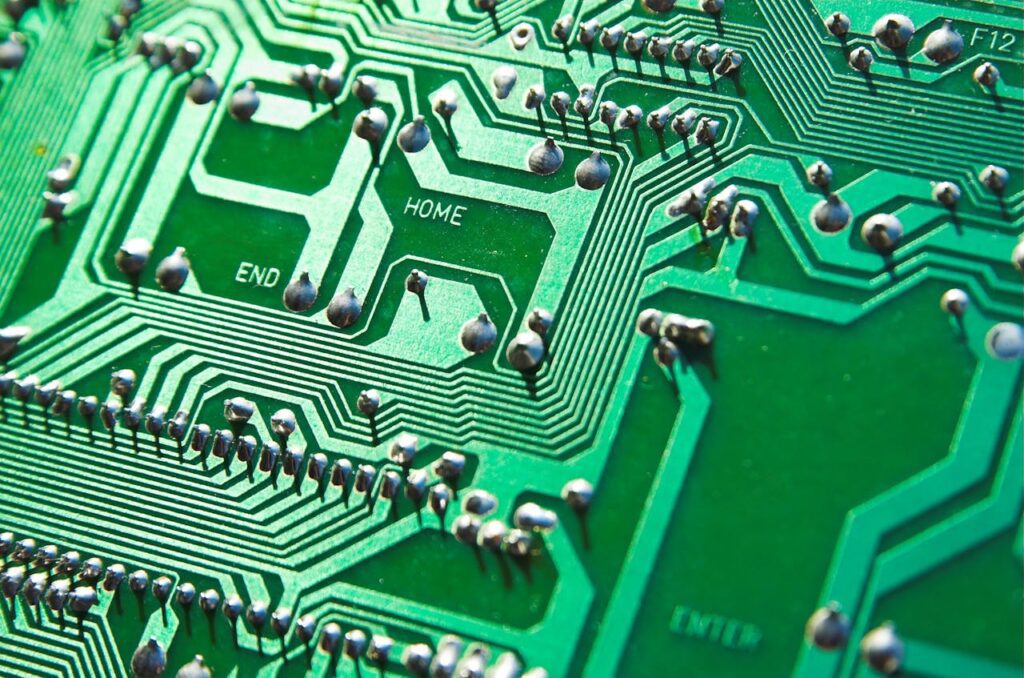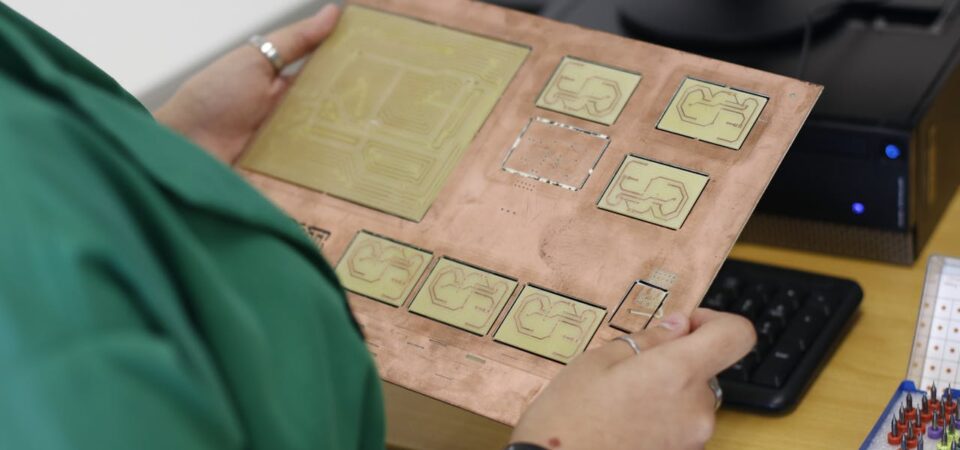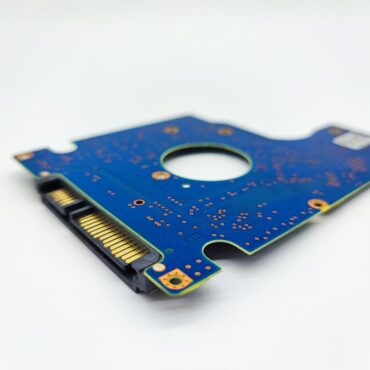Copper substrates are commonly used in electronic circuitry because they are cheap and have exceptional conductivity and mechanical properties. These substrates are a great option for carrying electrical signals throughout a circuit, minimizing signal loss, all while improving the overall circuit efficiency and cost-effectiveness. Copper is also malleable and ductile, allowing it to be easily shaped and formed into intricate circuit patterns while manufacturing compact and high-density electronic devices.
Despite all these excellent properties, copper faces challenges like oxidation and corrosion, resulting in signal losses. Nickel plating addresses these challenges, ensuring the safety of copper-based circuits and electronic devices.
An Introduction to Nickel Electroplating on Copper
The process of electrolytic nickel plating begins with the dissolution of a nickel salt solution, typically nickel sulfate, in water to form an electrolyte bath. Within this bath, a pure nickel anode is submerged alongside the copper substrate, which acts as the cathode. Upon passing an electric current through the electrolyte, nickel ions migrate towards the cathode (substrate), depositing onto its surface and forming a layer of pure nickel.
Key Components of Nickel Electroplating on Copper
- Anode (nickel): Serving as the source of nickel ions dissolved directly in the electrolyte solution, the anode material (either nickel or a nickel alloy) gradually dissolves to provide the necessary metal ions for plating.
- Cathode (Copper): The object to be plated functions as the electrode where metal ions are reduced and deposited.
- Electrolyte Solution: The electrolyte serves as the medium for ion transfer between the anode and cathode and comprises nickel salts, like nickel sulfate or nickel chloride, and other additives to facilitate the electrolytic nickel plating process.
- Power Supply: A direct current power source that applies an electric potential between the anode and cathode, driving the electroplating process. The positive terminal connects to the anode, while the negative terminal connects to the cathode.
Benefits of Nickel Electroplating on Copper
Applying nickel to copper substrates has many advantages in electronic components. Nickel, with its exceptional properties, serves to complement the inherent weaknesses of copper without compromising the circuit’s electrical conductivity. Below are the key benefits associated with the application of nickel on copper:
- Barrier Protection: Nickel offers excellent corrosion resistance compared to copper which is susceptible to oxidation and corrosion when exposed to environmental factors like moisture and pollutants. Therefore, electrolytic nickel plating on copper substrates forms a protective barrier that shields the underlying copper from these corrosive elements.
- Electrical Properties: While nickel itself is not as conductive as copper, it still offers low electrical resistance. This is why it makes nickel plating great for efficient electrical conduction and optimal performance of circuits. Electroplating nickel on copper substrates preserves the overall electrical conductivity of the circuit.
- Thermal Stability: In applications where overheating can pose a risk like high-power circuits or densely packed electronic assemblies, nickel plating efficiently transfers heat away from critical components. This reduces the likelihood of thermal runaway, component degradation, and potential fire hazards and helps maintain optimal operating temperatures for safety and performance.
- Chemical Resistance: The chemical resistance that nickel plating provides is valuable in environments where exposure to harsh chemicals or contaminants is a concern. This further ensures the integrity and functionality of electronic components.
Applications of Electrolytic Nickel on Copper

Electroplating nickel on copper is quite useful in the electronics industry where nickel-copper combinations offer enhanced conductivity and corrosion resistance.
Printed circuit boards rely on copper as the primary conductor due to its excellent electrical conductivity and by electroplating nickel onto the surface of the copper, its weaknesses are mitigated, thereby ensuring the longevity and reliability of the electronic devices from consumer electronics to industrial equipment.
Work with Us
At Alternate Finishing, Inc., we provide high-quality electrolytic nickel on copper and other precious metal plating services for customers across the USA and Canada. We have worked on mission-critical systems in medical, military, and other industries nationwide. If you are in need of electroplating nickel on copper or other quality plating services for printed circuit boards and other electronic components, contact us today to request a quote.








